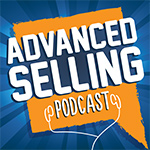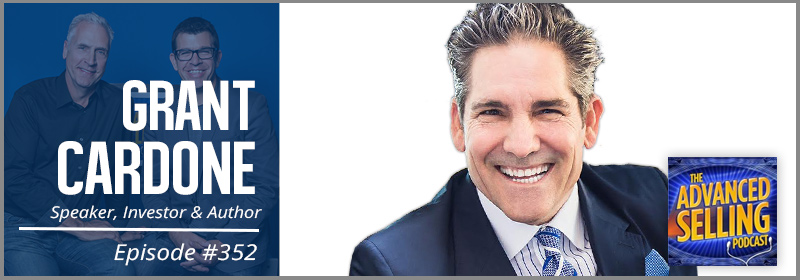Episode #365: Blind as a Bat
 Do you struggle with creating a plan and sticking to it? How do you balance hyper-competitive DNA with the inner game principles?
Do you struggle with creating a plan and sticking to it? How do you balance hyper-competitive DNA with the inner game principles?
In today’s episode, veteran sales trainers Bill Caskey and Bryan Neale try to stump each other with “blind” questions (no pun intended on Bill’s eye!). They pose a question to the other person with no prep or filter, and you won’t believe the techniques they come up with when put on the spot.
In this episode of The Advanced Selling Podcast, Bryan gives you specific, actionable steps to take to develop your skills if you’re not a planner and want to improve. Bill shares his philosophy and step-by-step approach for coaching someone who is struggling with the balance between being highly-competitive and a healthy sense of detachment.
If you’re a fan of Bryan and Bill’s quick-thinking approach to tough questions, you’re going to love this episode.
Also mentioned in this podcast:
- Download our App in the iTunes Store
- Click here to join our LinkedIn Group
- Check out our ALL IN Audio Program
[smart_track_player url=”http://traffic.libsyn.com/billcaskey01/16-03-03-365-BlindBat.mp3″ title=”Episode #365: Blind as a Bat” artist=”The Advanced Selling Podcast” social=”true” social_twitter=”true” social_facebook=”true” social_linkedin=”true” social_email=”true”]

